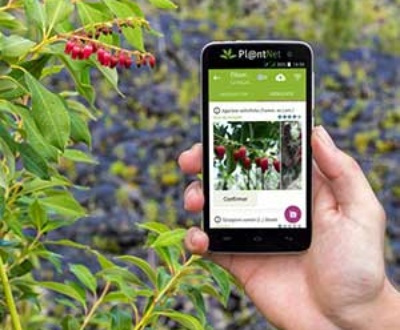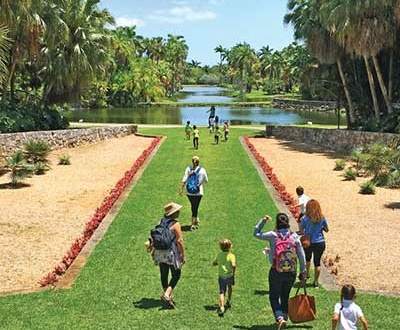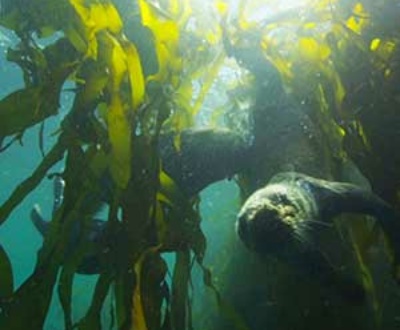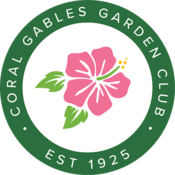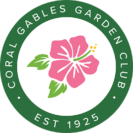In the Beginning…
In 1787, when the first settlers crossed the Ohio River to settle the Northwest Territory that had been ceded by the British after the Revolutionary War – this is what they found:
We are very lucky in Coral Gables to have 47% tree cover. The average American city has 25-33% tree canopy cover and Miami-Dade only has around 19%.
“The overriding immediate tasks were clearing the land and building shelter. Though accustomed as most were to hard work, few had had any experience in clearing virgin forests. The measureless forest, the gigantic trees of every kind—hickory, beech, sycamore, tulip, ash, buckeye, oaks six feet in diameter that reached 50 feet before breaking out in branches were the dominating reality. And it was the immense task of clearing portions of open space that went on every day except Sunday, as many as six men chopping away in unison to bring down one single giant of the forest.” (The Pioneers) David McCollough
Now man needs to help nature if we are to survive on this planet—not conquer it!
Why are Trees So Important?
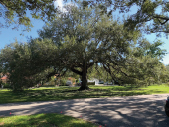
Live Oak on Country Club Prado, Coral Gables
Trees reduce water runoff by making the soil more absorbent. Trees remove carbon (that causes global warming) from the air. Trees placed to provide shade on the east, west and south side of your house can reduce air conditioning costs by 15-30% and add up to 15% to the value of your home. AND—very importantly—trees provide food, nesting sites, and protection for a wide variety of animals and birds. A Habitat!!
We are very lucky in Coral Gables to have 47% tree cover. The average American city has 25-33% tree canopy cover and Miami-Dade only has around 19%.
How do Trees Work?
Well, trees and other green plants use sunlight to synthesize foods from carbon dioxide and water. They take carbon out of the air and generate oxygen as a by- product. In each sugar molecule created, there is a little bit of energy from the sun, which the plant can either use or store for later. This is called photosynthesis.
Scientists have figured out that a trillion trees could be planted around the globe without encroaching on cropland or urban areas and this worldwide planting could remove 2/3rds of all the emissions humans have pumped into the atmosphere.
In addition to photosynthesis, trees absorb nutrients from the soil in their root systems. This process is helped along by fungi that attach to the tree roots and make the nutrients in the soil more absorbable to the tree. In return, since the fungi can’t perform photosynthesis to make food from nutrients, the tree shares a little of the food it makes from photosynthesis with the fungi. These fungi are called mycorrhizal fungi. The word comes from myco meaning fungus and rhiza, meaning plant. These fungi seek out plants that have tiny bits of food dripping from their roots.
They then attach themselves to the plant and extend their filaments into parts of the surrounding soil that the plant can’t reach. Some attach inside the roots and some on the outside of the roots. A tree would soon exhaust its small area of surrounding soil of nutrients—the fungi, which look like long, thin, white threads entangled among the tree roots, provides more nutrients from farther away. These fungi create a network of feeder roots and with these threads they can expand and connect with the roots of other trees. Trees can even send nutrients to other trees in the web!! Is this way cool or what?!?
Then I’m looking at Time Magazine and here is an article “Human Health is in the Hands of Bacteria.” Turns out humans have within them a microbiome that consists of microbes, fungi and protozoa and that all organisms on earth including trees and humans have learned to live with them. So really it’s ALL connected. By some estimates, according to a NY Times article, 19 Nov. 2019, 90% of all land plants depend on this fungal symbiosis.
So which Trees do you want in your Yard?
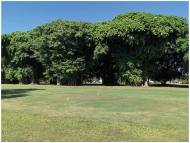
Banyan Trees on the Granada Golf Course, Coral Gables
Well, this is blindingly obvious once you hear it but I for one didn’t think of it. You want to plant native trees and plants in your yard because guess what? – all the birds and pollinators and animals in your environment are adapted to the plants and trees that grow native in their environment.
They are the ecological basis upon which life depends, including birds and people. Without them and the insects that have co-evolved with them, local birds can’t survive.
Research by the entomologist Doug Tallamy has shown that native oak trees will support 10 times as many species of insects as a tree from another region. This is IMPORTANT when it takes about 6,000 insects to raise a brood of chicks!!!
Some Florida natives are Gumbo Limbo, Mahogany, Live Oak, and Slash Pine. When I read about how trees connect to each other with these fungi, I wonder how the individual trees we have in our yards operate? None of us have a forest in our yards, just trees here and there.
The pictures this month are of two majestic trees we have in our neighborhood. First a Live Oak (Quercus Virginiana) on Country Club Prado and Banyan Trees on the Golf Course (Ficus Benghalensis).
About the Author

Linda Lawrence Waldron currently writes the Green Gables column in Gables Living Magazine. Linda was Chairman of the Garden Club's Coral Gables Library Butterfly Garden Committee.
Sign up here for email notifications about new Green Gables articles!
More from our blogs
See all postsRecent Posts
- April 2023 April 1, 2024
- Good News on Environmental Plastics February 1, 2024
- Material World / Plant World January 1, 2024
Leave a Comment cancel
This site uses Akismet to reduce spam. Learn how your comment data is processed.





